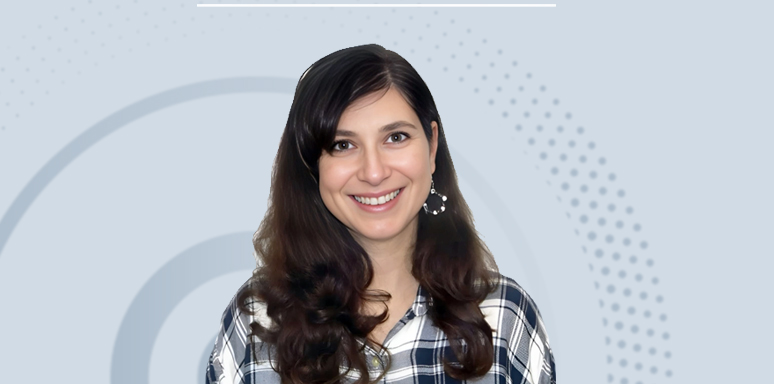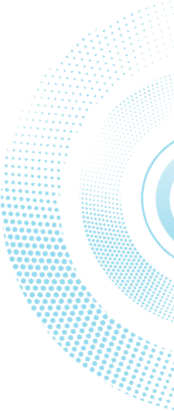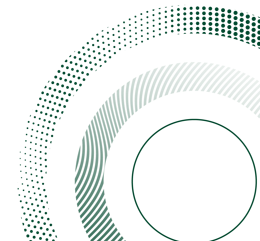Doctoral Student Vika Tarle Wins Presidential Scholarship

The scholarship was awarded for research focusing on innovation in scientific fields and medical technologies. Vika, a doctoral student of Dr. Nisan Ozana, is developing technology that measures blood flow to the brain during surgeries performed under general anesthesia
Vika Tarle, an electrical engineering PhD student, has won the President's Scholarships for Excellence and Scientific Innovation. Only 20 scholarships were awarded this year to outstanding postgraduate students from universities across the country, whose research focuses on innovation in scientific fields and medical technologies in the face of contemporary challenges. Supervised by Dr. Nisan Ozana, Vika is engaged in developing non-invasive optical methods for measuring blood flow in the brain for clinical and functional purposes. As part of her research, she is developing theoretical models and experimental systems that are already being tested in operating rooms.
Vika, 41, holds a dual bachelor's degree in electrical engineering and physics from Tel Aviv University. After completing her undergraduate degree, she worked for two years in industry, then went on to pursue a master's in biophysics at the Weizmann Institute. "I wanted to familiarize myself with biology as well, which is an essential part of our lives and nature, with a nod toward medicine," she explains. After completing her master's degree, she entered the defense sector and spent seven years working in electro-optics. "When I decided I wanted to return to academia, I scouted all the universities in the country, went from lab to lab, read many articles, spoke with many people," she recalls. "Ultimately, I reached Prof. Orit Shefi, and she told me that there was a new researcher who would be perfect for me. That's how I met Dr. Nisan Ozana. I entered a completely new lab, a practically bare room, two students, and an optical table. But from the moment I spoke with Nisan, I knew that this was it."
Vika is the first doctoral student supervised by Dr. Ozana, a researcher in the bioengineering track, who specializes in neuroengineering and is a member of Bar-Ilan's Gonda Multidisciplinary Brain Research Center. "Coming in with real-world experience served me well, because I arrived much more mature, understood that I was entering into a long-term commitment, and enjoyed being a partner in building the new lab. I'm very enthusiastic about the topic and, socially speaking, it's a wonderful lab. I'm very satisfied," Vika declares.
The lab focuses on neuro-photonics: measuring various parameters in the brain using light. "I mainly deal with measuring the rate and volume of blood flow in the brain. We have a compact, non-invasive system that attaches to the forehead and includes two fibers: one that sends light into the head via a laser beam, and a second that collects the light after it has passed through the brain," she explains. "Measurements of this type can serve various fields. For example, in testing drug effects: when ingested, drugs that affect the brain cause the activated area to consume more oxygen, and therefore, blood flow to the brain increases. Thus, theoretically, one can test a drug's response even before observing a physiological or behavioral abnormality. Another project of ours deals with functional measurements: how different cognitive tasks, such as addition and subtraction operations, or memory tasks, affect blood flow in different areas of the brain. This helps us know which part of the brain participates in which type of cognitive activity, and this is a preliminary step toward a brain-computer interface. We have students working on developing AI systems that will be able to make the connection. Additionally, the technology can be used not only for brain measurements, but to measure any other area of the body as well, for instance, muscle tone after exertion."
The technology that protects the brain under anesthesia
The Presidential Scholarship was awarded to Vika for developing technology that will help anesthesiologists measure blood flow to the brain during surgeries performed under general anesthesia. "Under anesthesia, blood pressure sometimes drops, and because the brain is a super-sensitive area, if not enough blood reaches it, or reaches it too slowly, cognitive damage can occur. This is truly a critical issue, and anesthesiologists today have no tool for continuous monitoring of blood flow to the brain. The existing equipment is cumbersome and doesn't measure flow continuously," Vika explains. "Our technology can solve this problem. We leverage the fact that the laser produces a coherent light that can interfere with itself. Thanks to this property, our system sends laser light to the brain and produces an output that presents a speckle pattern, an image with dark and bright areas. From this pattern we calculate the change in blood flow, according to the sharpness of the image. It's a bit like helicopter blades: when they move at high speed, they appear blurred; as the propeller slows down, the blades come into focus. The same applies to flow. When the flow is fast, the image received will be blurred. When it's slower, a sharper image will be received. The measurement naturally requires complex algorithms, noise removal, and extensive data processing."
The project, Vika notes, is being conducted in collaboration with several research groups around the world, including one in Boston that is also developing the technology, and another in Japan that uses the technology for additional applications and compares it with other types of measurements. Currently, the research is being conducted in collaboration with surgeons and anesthesiologists from Shaare Zedek Medical Center, and data is captured from actual patients during surgery. "I think the fact that this technology is applicable played a big part in winning the Presidential Scholarship, because they were looking for technologies that can be taken from the academic sphere and implemented in the real world," says Vika. "This technology can be very beneficial to medicine, to humanity, and that's also what motivated me to choose this topic. It was important to me that it would not be something purely theoretical and scientific, but rather something that would truly benefit the world and be put to use, something that I could engage with even after I complete my doctorate. If the technology undergoes a commercialization process in the coming years, I hope to be involved in the process."
Last Updated Date : 30/09/2025



